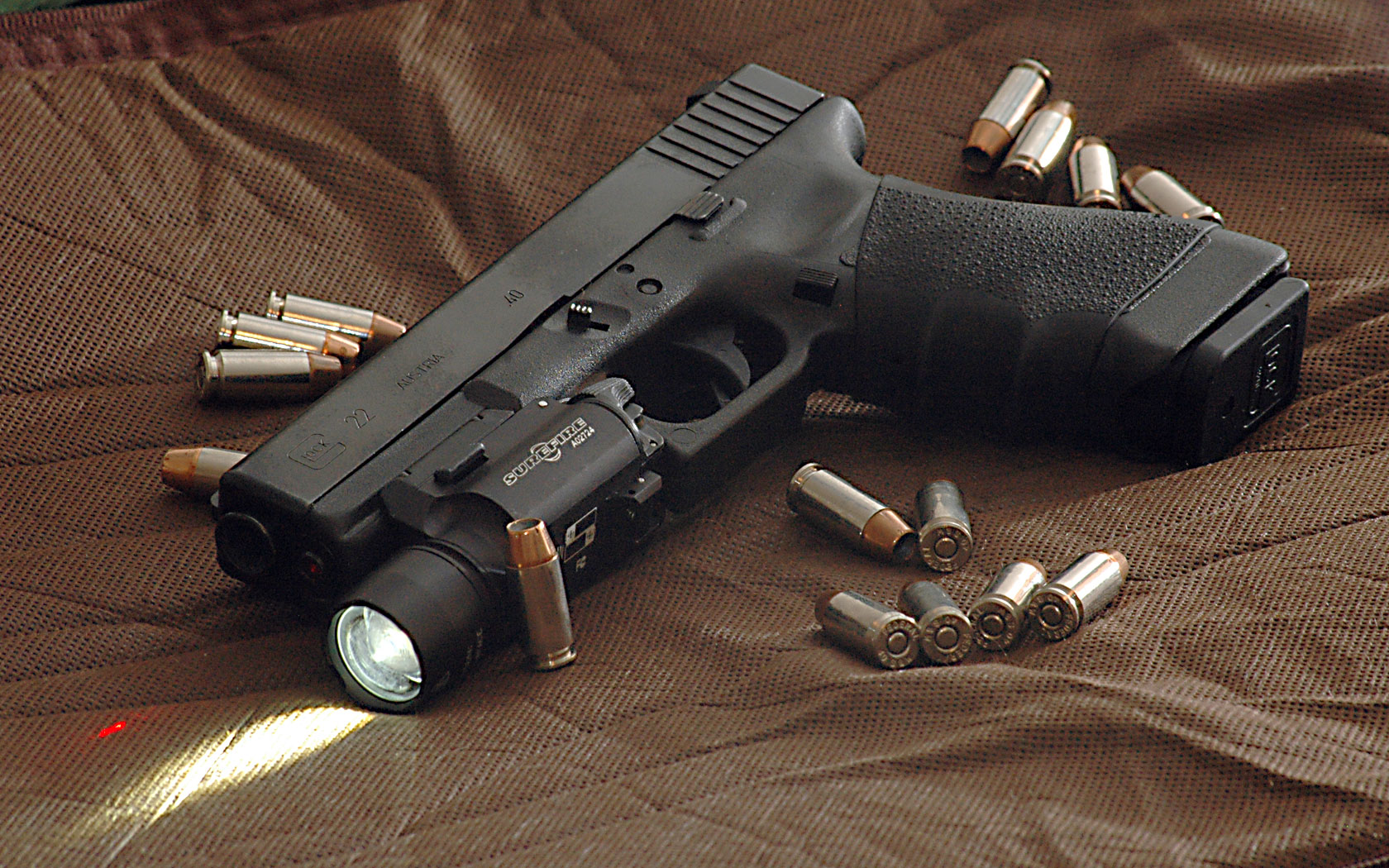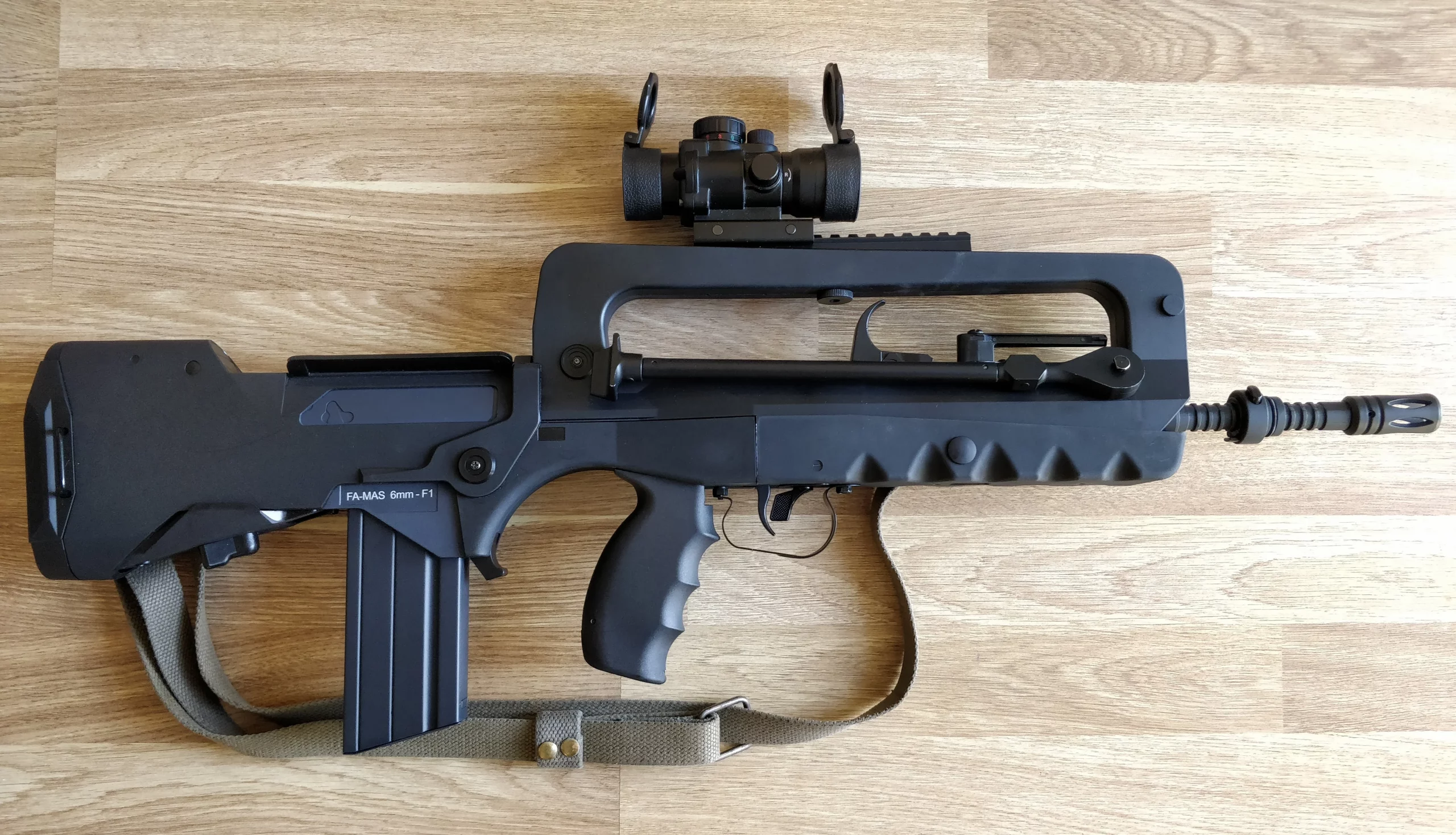Semi-automatic pistols are among the most popular and widely used types of firearms worldwide. They are favored for their combination of firepower, ease of use, and relatively compact design, making them ideal for a variety of purposes, including self-defense, law enforcement, military applications, and sport shooting. Over the years, semi-automatic pistols have evolved to offer a balance of power, accuracy, and versatility that appeals to both experienced gun owners and beginners.
In this article, we’ll explore the features, history, types, uses, and advantages of semi-automatic pistols, as well as the key factors that have contributed to their popularity.
1. What Is a Semi-Automatic Pistol?
A semi-automatic pistol is a type of handgun that uses the energy of the fired cartridge to automatically load the next round into the chamber. This process allows the user to fire a shot with each pull of the trigger, while the pistol itself cycles the action to prepare the next round for firing.
Key components of a semi-automatic pistol include:
- Barrel: The tube through which the bullet travels when fired.
- Slide: The upper portion of the pistol that houses the barrel and recoil spring. The slide moves backward and forward after each shot, ejecting the spent casing and chambering a new round.
- Magazine: A detachable container that holds the ammunition, typically located in the grip or bottom of the pistol. The magazine feeds the rounds into the chamber.
- Trigger: The mechanism that activates the firing pin or striker when pulled, causing the gun to discharge.
When the trigger is pulled, the gun fires a round, and the action cycles, ejecting the spent casing and chambering the next round. Semi-automatic pistols differ from fully automatic firearms, which continue to fire as long as the trigger is held down, and from revolvers, which rely on a rotating cylinder to hold rounds.
2. History of Semi-Automatic Pistols
The history of semi-automatic pistols is closely tied to the development of firearm technology, particularly the transition from single-shot firearms to more advanced repeating mechanisms.
- Early Developments: The first semi-automatic pistol was designed in the late 19th century, with the goal of providing more rapid fire than traditional single-shot firearms. Early semi-automatic pistols often used internal or external hammers, and many were chambered for smaller calibers like .22 LR.
- John Browning and the M1911: One of the most significant milestones in the development of semi-automatic pistols came with the design of the Browning M1911 by John Browning in 1911. Chambered in .45 ACP, the M1911 became the standard-issue sidearm for the U.S. military and was widely regarded for its accuracy, stopping power, and ruggedness. It remains a popular design to this day.
- Modern Innovations: Over the years, the design of semi-automatic pistols has continued to evolve, with innovations such as polymer frames, striker-fired mechanisms, and higher magazine capacities. Manufacturers like Glock, Sig Sauer, and Heckler & Koch have become synonymous with modern semi-automatic pistols, with many designs becoming standard-issue in law enforcement and military forces worldwide.
3. How Do Semi-Automatic Pistols Work?
The operation of a semi-automatic pistol is based on a simple yet effective mechanism that relies on the force generated by the gunpowder ignition to cycle the action.
When the trigger is pulled:
- Firing the Round: Pulling the trigger activates the firing pin (or striker), which strikes the primer of the round in the chamber, igniting the gunpowder and firing the bullet down the barrel.
- Recoil and Slide Movement: The force generated by the shot pushes the slide backward. This movement ejects the spent casing from the chamber and compresses the recoil spring.
- Feeding a New Round: As the slide moves rearward, it also picks up the next round from the magazine and chambers it by pushing it into the firing position.
- Cycle Repeats: The slide returns to its forward position, ready to fire the next round when the trigger is pulled again.
This cycle of operation allows the shooter to fire multiple rounds in quick succession without having to manually reload after each shot. However, it only fires one shot per trigger pull, unlike fully automatic firearms.
4. Types of Semi-Automatic Pistols
Semi-automatic pistols are available in a variety of configurations, each designed for specific needs. Some key distinctions include the action type, frame material, and intended purpose.
4.1. Action Types
- Striker-Fired Pistols: These pistols use an internal striker mechanism instead of an external hammer. When the trigger is pulled, the striker is released, striking the primer of the cartridge. Striker-fired pistols, such as the Glock 17, are known for their simplicity, consistent trigger pulls, and reliability.
- Hammer-Fired Pistols: These pistols feature either a single or double-action hammer. Single-action pistols, like the classic 1911, require the hammer to be manually cocked for the first shot, while double-action pistols (like the Beretta 92FS) allow the hammer to be cocked automatically by the first pull of the trigger, making them faster to operate.
- Double-Action/Single-Action (DA/SA) Pistols: These pistols combine both action types in one firearm. The first shot is fired in double-action mode, with the trigger both cocking the hammer and firing the shot. Subsequent shots are fired in single-action mode, with a lighter and more accurate trigger pull. Examples include the Sig Sauer P226 and the CZ-75.
4.2. Frame Materials
- Steel Frames: Steel-frame pistols are heavy but highly durable, offering better recoil management and accuracy. Classic models, such as the Browning M1911, often have steel frames.
- Polymer Frames: Polymer-frame pistols are lighter and more resistant to corrosion. The Glock series is perhaps the most famous example of polymer-frame pistols, known for their toughness and widespread use by law enforcement and civilians alike.
4.3. Compact and Full-Sized Pistols
- Full-Sized Pistols: These pistols are larger and typically offer higher magazine capacities, making them ideal for use by military and law enforcement. They generally feature a longer barrel, which improves accuracy.
- Compact Pistols: Compact models, such as the Glock 19, offer a balance of size, capacity, and concealability. These pistols are popular for concealed carry, offering more firepower than a revolver but in a smaller and more manageable form.
- Subcompact Pistols: Subcompact pistols are even smaller, designed specifically for concealed carry, often featuring shorter barrels and smaller magazines. They sacrifice some accuracy and magazine capacity for enhanced portability.
5. Uses of Semi-Automatic Pistols
Semi-automatic pistols are used for a variety of applications, with particular focus on personal defense, law enforcement, military service, and sport shooting.
- Self-Defense: Semi-automatic pistols are popular for personal protection due to their firepower and ease of concealment. With high magazine capacities and the ability to fire rapidly, they provide a significant advantage in high-stress situations where the need to protect oneself or loved ones is paramount.
- Law Enforcement: Semi-automatic pistols are the standard sidearm for police officers around the world. They offer a balance of accuracy, capacity, and portability, enabling law enforcement personnel to respond quickly in potentially dangerous situations.
- Military: Semi-automatic pistols are used by military personnel as a backup to primary weapons, such as rifles and submachine guns. While not as common as rifles, pistols are useful in close-quarter combat situations and for officers who may need a secondary weapon in case their main firearm is unavailable.
- Sport Shooting: Semi-automatic pistols are widely used in competitive shooting sports, such as IDPA (International Defensive Pistol Association) and USPSA (United States Practical Shooting Association). Competitors use these pistols to test their skills in precision shooting and fast-paced shooting scenarios.
6. Advantages and Disadvantages of Semi-Automatic Pistols
Advantages:
- Faster Follow-Up Shots: Semi-automatic pistols allow for rapid firing without the need to manually reload after each shot, making them highly effective in situations that require quick responses.
- Higher Magazine Capacity: Compared to revolvers, semi-automatic pistols typically hold more rounds, offering more shots before needing to reload.
- Customization: Semi-automatic pistols often offer greater opportunities for customization, with aftermarket accessories such as extended magazines, custom grips, sights, and triggers.
- Portability: Many semi-automatic pistols, particularly compact and subcompact models, are easy to conceal and carry, making them ideal for self-defense.
Disadvantages:
- Complexity: Semi-automatic pistols are more mechanically complex than revolvers and may require more maintenance and training to operate effectively.
- Malfunctions: While semi-automatics are generally reliable, they can be more prone to malfunctions, such as misfeeds, stovepipes, or failure to eject, especially if the firearm is not maintained properly or if low-quality ammunition is used.
7. Conclusion
Semi-automatic pistols are an integral part of modern firearm technology, combining power, precision, and ease of use in a compact form. Whether used for self-defense, law enforcement, military operations, or sport shooting, semi-automatic pistols provide significant advantages over other types of handguns, such as revolvers.
The versatility, rapid follow-up shots, and high magazine capacities of semi-automatic pistols make them an indispensable tool for many users, and their continued innovation ensures that they remain relevant in an ever-changing world of firearms. Whether you’re a beginner or a seasoned shooter, understanding the fundamentals of semi-automatic pistols will help you make informed decisions about their use and applications.



